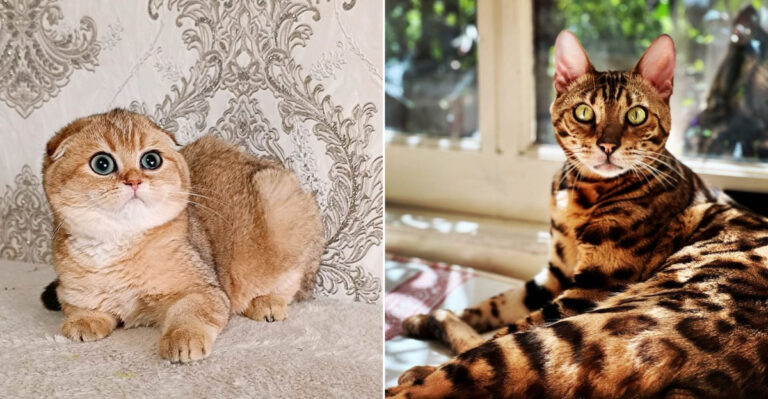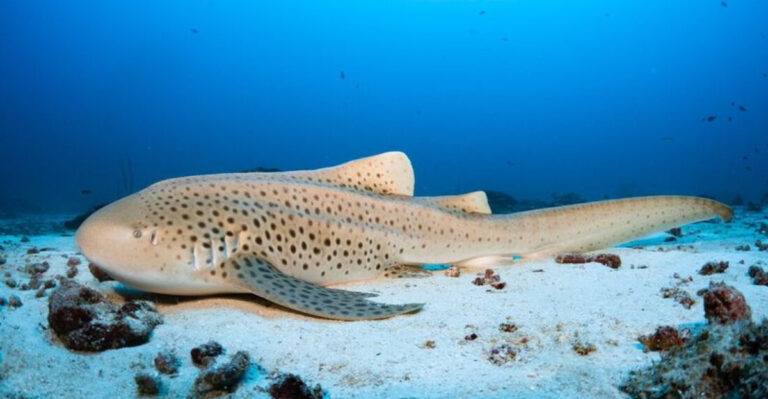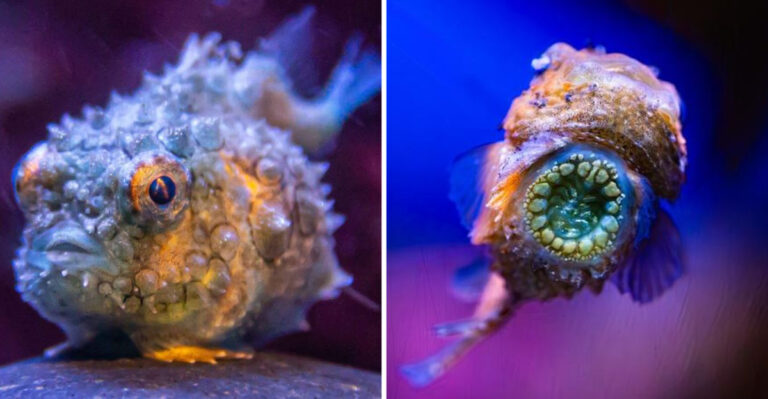Have You Heard Of Crocodiles Who Mutated Into A New Species?
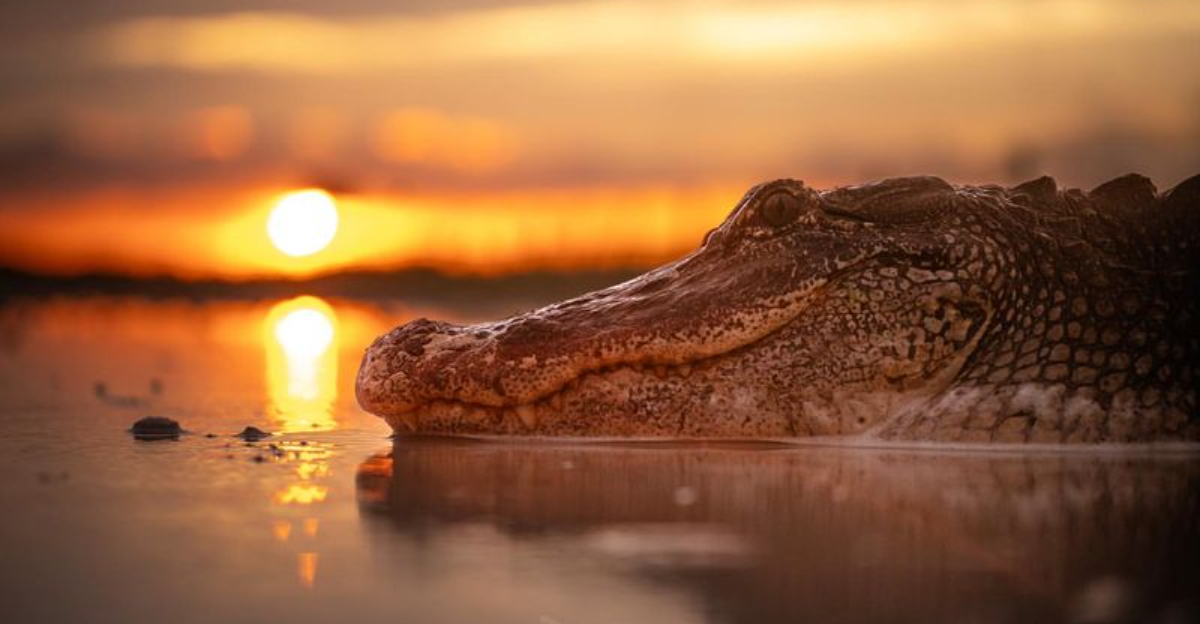
Step into the shadows and uncover the enigmatic world of Orange Dwarf Cave Crocodiles – a species so rare and mysterious that it seems almost mythical. Hidden deep within pitch-black caves, these glowing, subterranean predators defy expectations with their striking appearance and unusual adaptations.
How did they end up in such an isolated habitat? What makes them so different from their sun-drenched relatives? Prepare to be amazed as we reveal ten astonishing facts about these elusive reptiles that have evolved to thrive in eternal darkness.
1. Unique Habitat
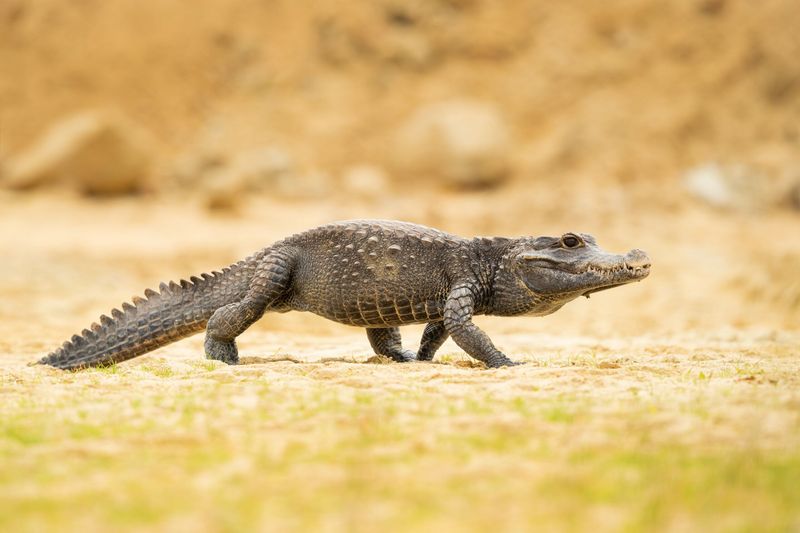
Orange Dwarf Cave Crocodiles have carved a niche for themselves in the dark, humid environments of underground caves. Imagine a crocodile adapting to a life without sunlight!
These creatures have evolved to thrive in the absence of light, relying on their acute sense of smell and hearing to navigate their cave habitats. The walls of these caves are often lined with bioluminescent fungi, casting an eerie glow that adds to the mystique of their homes.
Living in such isolation, these crocs have minimal competition and predators, allowing them to flourish in peace. The cave environment has also influenced the crocodiles’ diet, making them opportunistic feeders. They rely on insects, small mammals, and sometimes even fish that wander into their subterranean domain.
Unlike their surface-dwelling cousins, these crocodiles have lost some of their pigmentation and appear paler, an adaptation to their dark habitats. Interestingly, their eyes have developed to be especially sensitive to low light, although they are nearly blind in complete darkness.
These crocodiles’ choice of habitat protects them from the harshness of climate change and human encroachment. However, it also means that any disturbance to their cave systems could have drastic consequences.
Conservation efforts are crucial to maintaining these unique ecosystems. The balance of life within a cave is delicate, and every organism plays a vital role. These crocodiles remind us of nature’s incredible ability to adapt and find harmony even in the most unlikely places.
2. Miniature Marvels
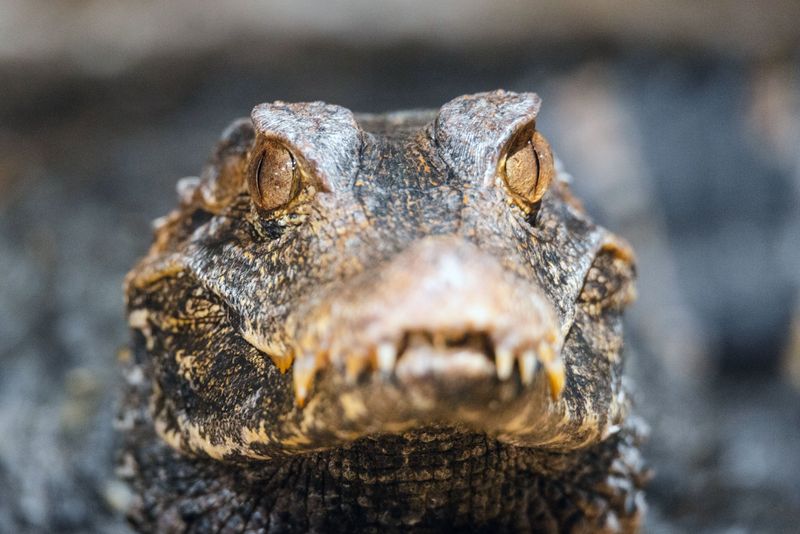
These crocodiles are the underdogs of the reptilian world, quite literally! Standing out as one of the smallest crocodile species, Orange Dwarf Cave Crocodiles reach a maximum length of just four feet. It’s hard to imagine a crocodile you could carry under your arm, isn’t it?
This petite stature is a marvelous adaptation that allows them to navigate the narrow corridors and tight spaces in their cave habitats. Unlike their larger cousins, these diminutive reptiles have compact bodies, making them excellent at conserving energy.
Their small size also means they require less food, a crucial advantage in the nutrient-scarce environments of caves. This gives them the upper hand in survival, as they can thrive on limited resources without expending much energy. Moreover, their size confers a certain level of agility, allowing them to move swiftly to catch prey or escape potential threats.
Their small size and agility make them more elusive and harder to study, adding to the challenge and allure for herpetologists and researchers. These miniature marvels are a testament to nature’s ingenuity, showing that sometimes smaller is indeed better!
3. Coloration And Camouflage
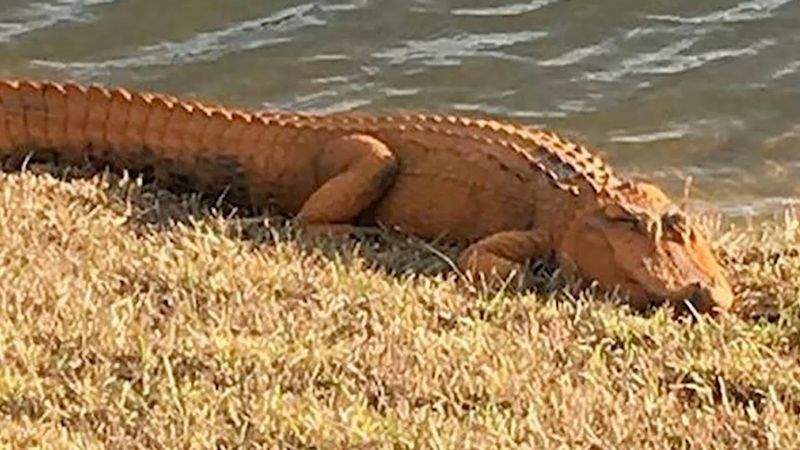
The coloration of Orange Dwarf Cave Crocodiles is a clever play of nature’s palette. These reptiles sport a muted orange hue that blends seamlessly with the rocky interiors of their cave habitats. This unique coloring not only serves as camouflage but also gives them their distinctive name.
One might say they’re the chameleons of the crocodilian world! Their skin, devoid of the vivid greens and browns typical of their cousins, is an adaptation to the dimly lit environments they call home.
This coloration helps them avoid detection by both prey and potential predators, giving them a stealth advantage in the complex cave ecosystems. The ability to blend in so effortlessly allows them to lie in wait for unsuspecting prey, a classic ambush predator strategy.
Interestingly, their color may also play a role in social interactions among their kind. It’s believed that the soft orange hues could be a signal for mating, as these crocodiles rely on visual cues less than others. The world of Orange Dwarf Cave Crocodiles is a vivid reminder of how life can adapt in spectacular ways, using color not just for beauty but for survival.
4. Diet And Eating Habits
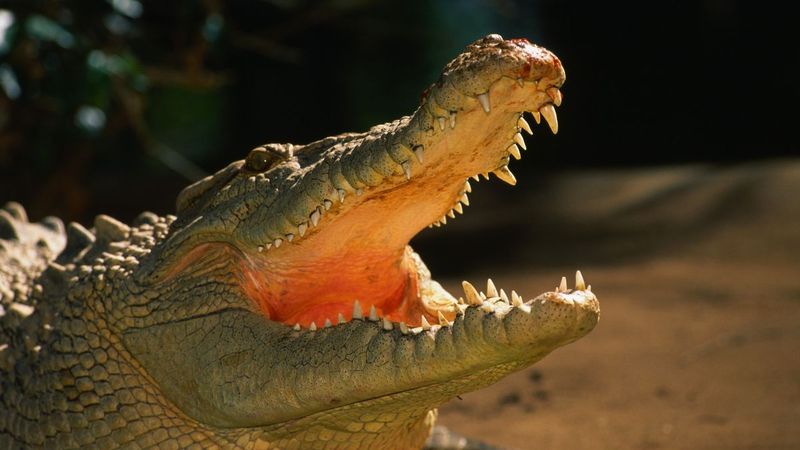
Dinner in the dark takes on a whole new meaning for the Orange Dwarf Cave Crocodile. These creatures have a diverse diet that reflects their adaptability and opportunistic nature.
Eating in the depths of a cave means making the most of whatever is available, and these crocodiles have become masters of this culinary challenge. Their menu includes insects, bats, and small mammals that unwittingly venture into their underground lairs.
Occasionally, a lost fish might swim by, and rest assured, it becomes a tasty morsel. Their hunting style is one of patience and precision, lying in wait for the perfect moment to strike. This stealthy approach is a necessity in the dimly lit environs, where a single misstep can mean the difference between feast and famine. The diet of these crocodiles is not just opportunistic but also ecologically essential.
By controlling the population of cave-dwelling insects and small creatures, they play a critical role in maintaining the delicate balance of their ecosystems. Their eating habits are a reminder of the intricate web of life where every bite contributes to the circle of life within their hidden world.
5. Social Structure And Behavior
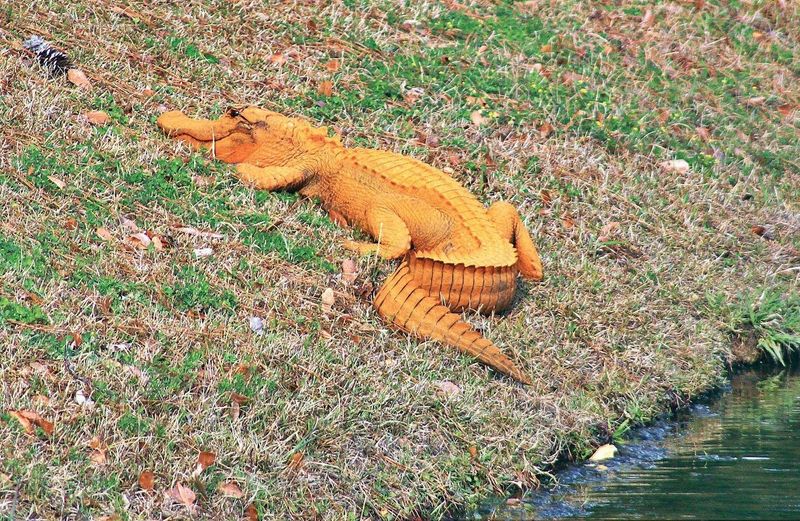
While the cavernous abode of the Orange Dwarf Cave Crocodile might conjure images of isolation, these reptiles are anything but solitary. Despite their remote habitats, they exhibit a fascinating social structure and intriguing behaviors that keep life interesting in the shadows.
In the dim corridors of their homes, these crocodiles engage in a range of social interactions. From subtle displays of dominance to cooperative hunting, their behaviors are as complex as they are captivating. While they may not form packs like wolves, they do participate in group dynamics that allow them to thrive in their unique environment.
These crocodiles are known for their territorial nature, and while they may share a cave, they have clearly defined personal spaces. Conflicts are usually resolved through displays and posturing rather than outright aggression, which conserves energy in their resource-scarce habitat.
Their social dynamics and behaviors highlight the importance of cooperation and coexistence, even in the darkest corners of the earth.
6. Reproduction And Lifecycle
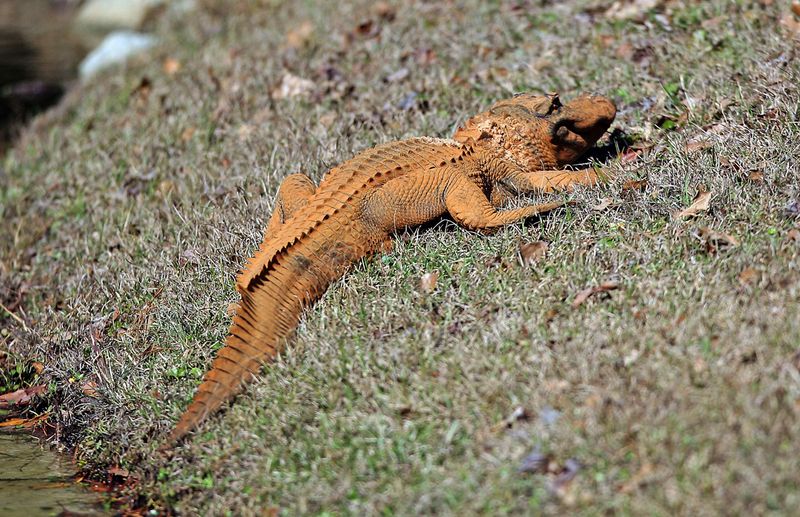
The Orange Dwarf Cave Crocodile’s approach to family life is as unique as their habitat. Reproduction in the depths of a cave is no small feat, yet these crocodiles have evolved remarkable strategies to ensure the survival of their species.
Mating rituals are a delicate dance of subtle cues and signals, often taking place in the brief periods of twilight that filter into their subterranean world. Females lay eggs in carefully chosen spots, where the temperature and humidity are just right for incubation.
These nests are often hidden from potential predators, showcasing the crocodiles’ instinctual drive to protect their young. Once hatched, the young crocodiles face a challenging start to life in the dimly lit caves.
Mothers provide care and protection during the early stages, guiding their offspring until they are capable of fending for themselves. The lifecycle of these reptiles highlights the extraordinary adaptations and parental instincts that have evolved in response to the unique pressures of cave life.
7. Sensory Adaptations
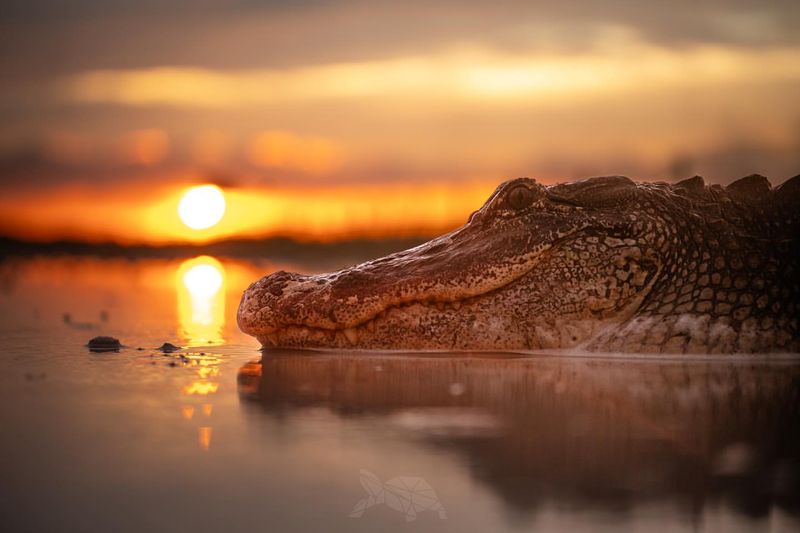
In a world devoid of light, the Orange Dwarf Cave Crocodile has developed a suite of sensory adaptations to navigate their shadowy realm. These adaptations make them masters of their domain, allowing them to thrive where few other reptiles dare to tread.
Their eyes have evolved to detect the faintest glimmers of light, enabling them to make the most of the scarce illumination available. However, when plunged into complete darkness, their reliance shifts to keen senses of smell and hearing.
These heightened senses help them detect prey, potential mates, and lurking dangers in their labyrinthine homes. The crocodiles’ sensory prowess extends to the ability to sense vibrations in the water and ground.
This skill is crucial for detecting movements within the cave, whether it’s the flutter of a bat’s wings or the splash of a fish. These adaptations underscore the resilience and versatility of these reptiles, showcasing their incredible ability to adapt and thrive in one of the world’s most challenging environments.
8. Conservation Status
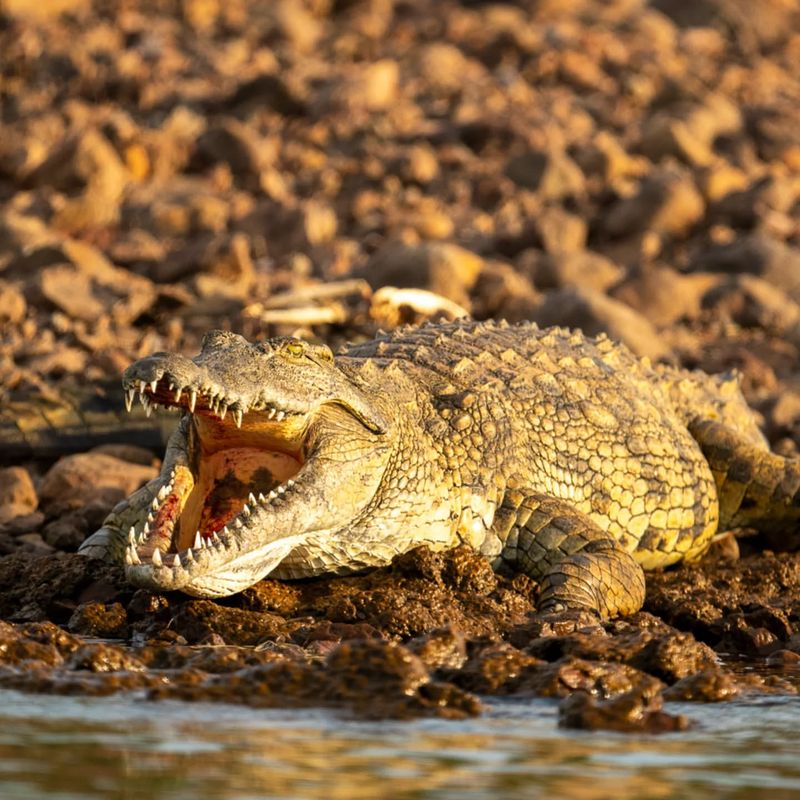
The Orange Dwarf Cave Crocodile’s secretive nature has shielded them from many threats, but it has also made conservation efforts challenging. Understanding their conservation status requires unraveling the mysteries of their hidden lives.
Currently, little is known about their population numbers, making it difficult to assess their threat levels accurately. However, the isolation of their habitats provides some protection against human encroachment and environmental changes.
Despite this, the delicate balance of cave ecosystems means that any disturbance could have far-reaching consequences. Conservationists are striving to uncover more about these enigmatic reptiles, with efforts focused on habitat protection and ecological studies.
Raising awareness about their existence and the importance of cave ecosystems can help ensure these crocodiles remain a mysterious but enduring part of our natural world.




